The DO Loop
Statistical programming in SAS with an emphasis on SAS/IML programs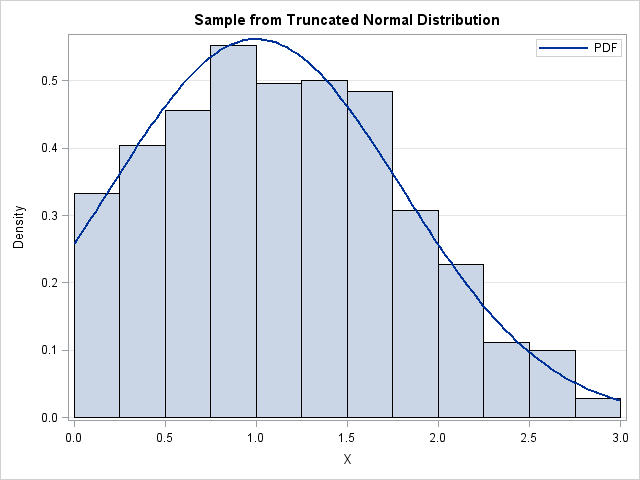
When the SAS statistical graphics (SG) procedures were designed in the early 2000s, a goal was to create a comprehensive Graph Template Language (GTL) and leverage the GTL by using SG procedures that perform common tasks easily without having to write any GTL. This project was hugely successful, and "ODS
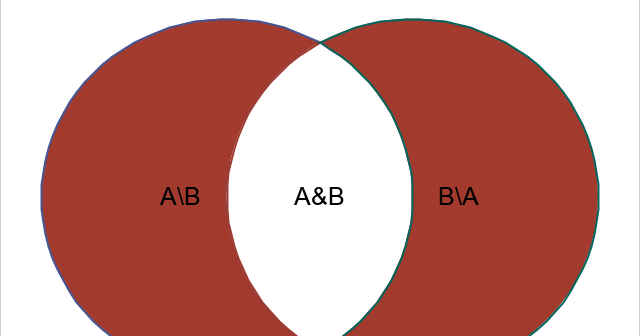
A previous article discusses how to compute the union, intersection, and other subsets of a pair of sets. In that article, I displayed a simple Venn diagram (reproduced to the right) that illustrates the intersection and difference between two sets. The diagram uses a red disk for one set, a
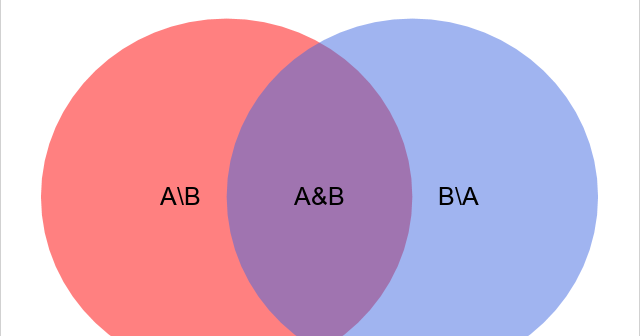
The fundamental operations on sets are union, intersection, and set difference, all of which are supported directly in the SAS IML language. While studying another programming language, I noticed that the language supports an additional operation, namely the symmetric difference between two sets. The language also supports query functions to
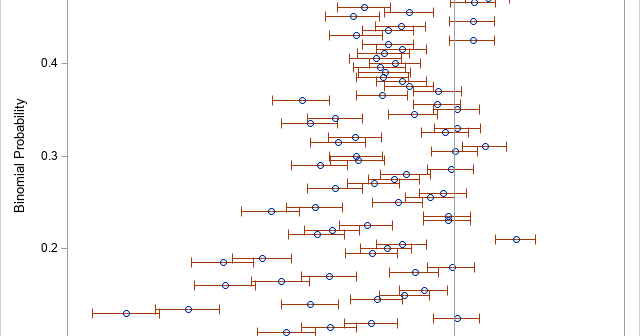
The "Teacher’s Corner" of The American Statistician enables statisticians to discuss topics that are relevant to teaching and learning statistics. Sometimes, the articles have practical relevance, too. Andersson (2023) "The Wald Confidence Interval for a Binomial p as an Illuminating 'Bad' Example," is intended for professors and masters-level students in

A journal article listed the mean, median, and size for subgroups of the data, but did not report the overall mean or median. A SAS programmer wondered what, if any, inferences could be made about the overall mean and median for the data. The answer is that you can calculate
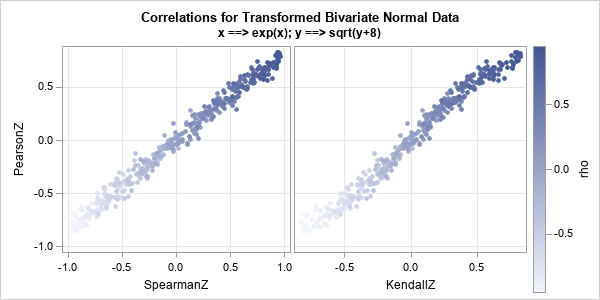
A SAS user asked how to interpret a rank-based correlation such as a Spearman correlation or a Kendall correlation. These are alternative measures to the usual Pearson product-moment correlation, which is widely used. The programmer knew that words like "weak," "moderate," and "strong" are sometimes used to describe the Pearson
